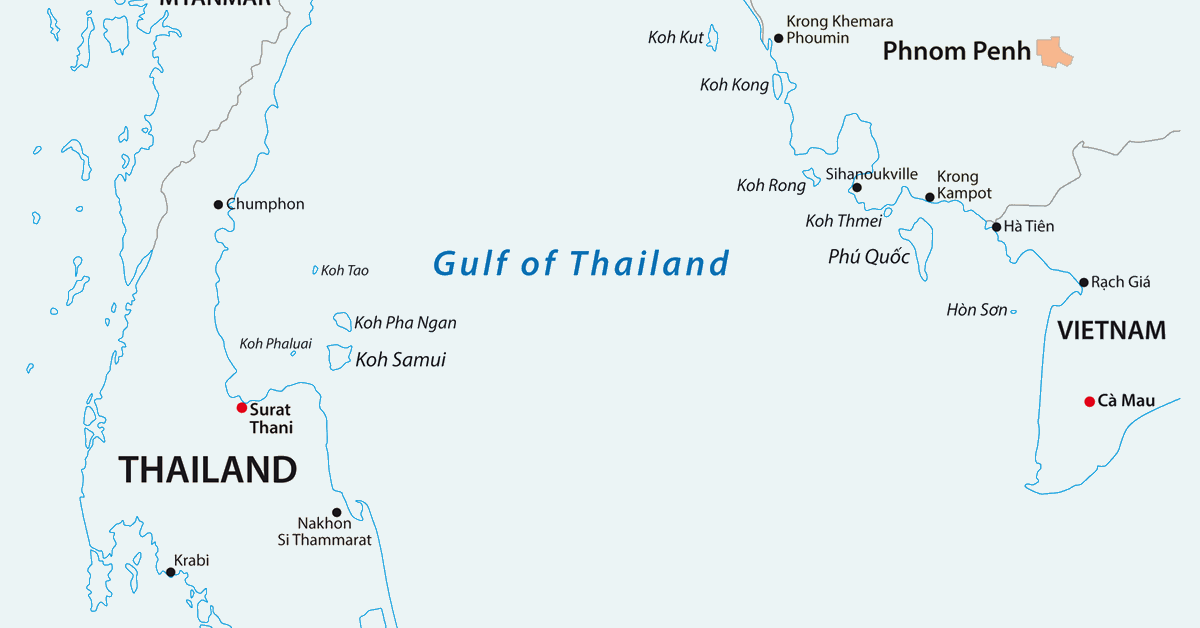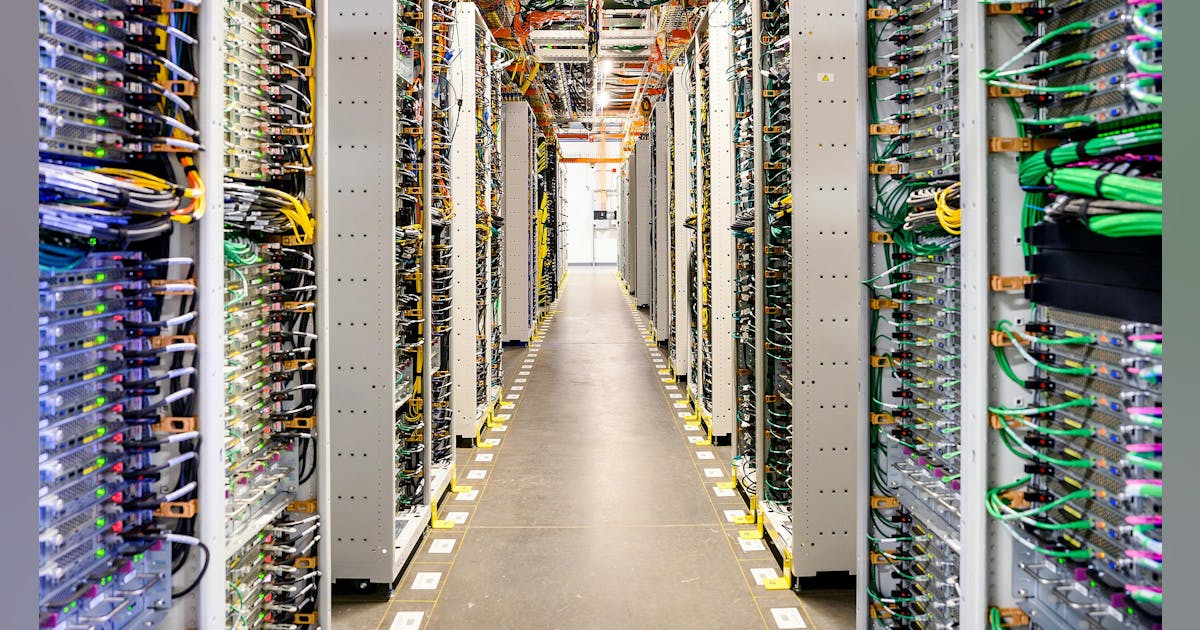
North America added 19 rigs week on week, according to Baker Hughes’ latest North America rotary rig count, which was released on January 31.
The U.S. added six rigs and Canada added 13 rigs week on week, taking the total North America rig count up to 840, comprising 582 rigs from the U.S. and 258 rigs from Canada, the count outlined.
Of the total U.S. rig count of 582, 567 rigs are categorized as land rigs, 13 are categorized as offshore rigs, and two are categorized as inland water rigs. The total U.S. rig count is made up of 479 oil rigs, 98 gas rigs, and five miscellaneous rigs, according to the count, which revealed that the U.S. total comprises 519 horizontal rigs, 50 directional rigs, and 13 vertical rigs.
Week on week, the U.S. land rig count increased by seven and the country’s offshore rig count dropped by one, the count revealed. The U.S. inland water rig count remained unchanged during the same period, the count showed. The country’s oil rig count increased by seven, its gas rig count dropped by one, and its miscellaneous rig count remained unchanged week on week, according to the count, which highlighted that the U.S. horizontal rig count increased by eight, while its directional and vertical rig counts each dropped by one, week on week.
A major state variances subcategory included in the rig count showed that New Mexico added four rigs and North Dakota and Oklahoma each added one rig, week on week. A major basin variances subcategory included in Baker Hughes’ rig count showed that the Permian basin added five rigs, the Ardmore Woodford basin added two rigs, and the Cana Woodford, Eagle Ford, and Williston basins each added one rig, week on week. The Granite Wash and Haynesville basins each dropped one rig during the period, the count outlined.
Canada’s total rig count of 258 is made up of 186 oil rigs and 72 gas rigs, Baker Hughes pointed out. The country’s oil rig count increased by 12 week on week and its gas rig count increased by one week on week, the count showed.
The total North America rig count is down 11 compared to year ago levels, according to Baker Hughes’ count, which showed that the U.S. has cut 37 rigs and Canada has added 26 rigs, year on year. The U.S. has dropped 20 oil rigs and 19 gas rigs, and added two miscellaneous rigs, while Canada has added 45 oil rigs and cut 19 gas rigs, year on year, the count revealed.
In a research note sent to Rigzone by the JPM Commodities Research team on Friday, analysts at J.P. Morgan pointed out that “total U.S. oil and gas rigs rose by six to 582 this week”.
“Oil focused operators rose by seven to 479 rigs, reversing last week’s loss. Natural gas focused rigs fell by one to 98 rigs, canceling last week’s gain,” they added.
“This week, the rig count in major tight oil basins increased by eight. The Permian added five rigs, while the Anadarko, Bakken and Eagle Ford each gained one,” they continued.
“As highlighted in the past two weeks of drilling reports, we believed that the recent reductions in rig count were primarily due to cold weather across the U.S., rather than a structural decline in drilling activity – an assumption that was validated by this week’s addition of eight rigs,” the analysts said.
“With this recent rebound, the rig count in the major tight oil basins is now just two rigs shy of December’s exit levels and only nine rigs below our projection. We anticipate a further recovery from the winter freeze-offs and expect an addition of two more rigs by next week,” they went on to note.
In its previous rig count, which was published on January 24, Baker Hughes outlined that North America added 12 rigs week on week. Although the U.S. dropped four rigs week on week, Canada added 16 rigs during the same timeframe, that count revealed.
Baker Hughes’ January 17 count showed that North America added nine rigs week on week and its January 10 rig count outlined that North America added 117 rigs week on week.
Baker Hughes’ January 3 rig count revealed that North America dropped one rig week on week, its December 27 rig count showed that North America dropped 71 rigs week on week, its December 20 rig count revealed that North America lost 25 rigs week on week, its December 13 rig count revealed that North America lost three rigs week on week, and its December 6 rig count revealed that North America lost four rigs week on week. The company’s November 27 count showed that North America’s total rig count increased by three week on week.
Baker Hughes, which has issued rotary rig counts since 1944, describes the figures as an important business barometer for the drilling industry and its suppliers. The company notes that working rig location information is provided in part by Enverus.
To contact the author, email [email protected]




















